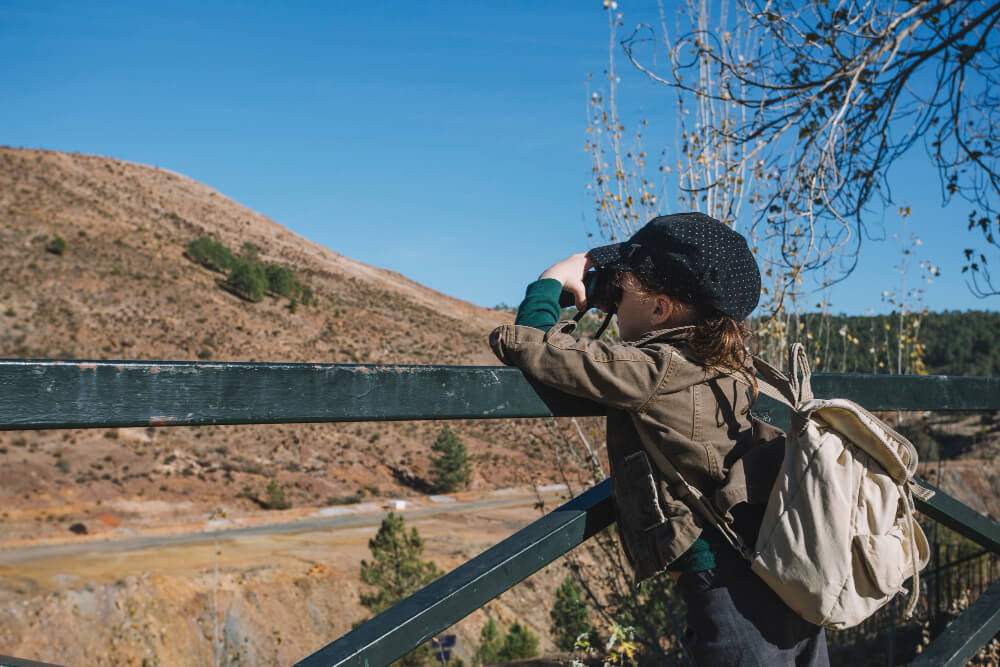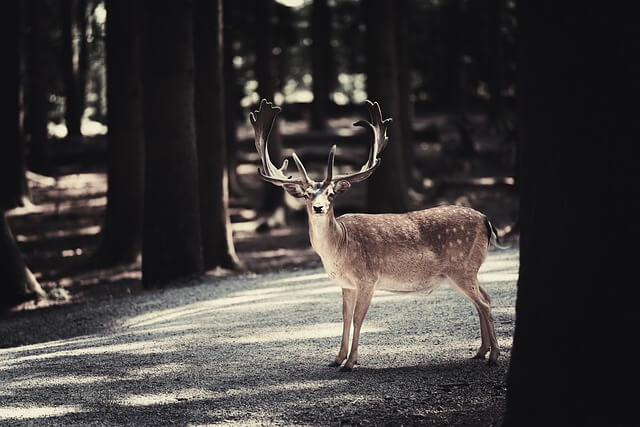
(406) 555-1234

(406) 555-1234

Welcome to the majestic landscapes of Montana, where the spirit of the wild roams free and every corner holds a new adventure.
If you’ve ever dreamed of embarking on a wildlife tour that transcends the ordinary, Montana is the place to be.
In this comprehensive guide, we’ll delve deep into the heart of Big Sky Country, exploring its top wildlife destinations and sharing insider tips to ensure your journey is nothing short of extraordinary.
A Wilderness Wonderland: Glacier National Park enchants visitors with its crystalline lakes, glacier-carved valleys, and rugged mountain peaks.
Wildlife Highlights: Keep your binoculars handy for sightings of grizzly bears, black bears, mountain goats, bighorn sheep, and more.
Expert Tips: Consider joining a ranger-led wildlife tour or embarking on a hike along the park’s scenic trails, such as the Highline Trail or the Grinnell Glacier Overlook.
Geothermal Marvels: Yellowstone National Park boasts geysers, hot springs, and bubbling mud pots that create a surreal landscape unlike anywhere else on Earth.
Wildlife Spectacles: Witness the iconic bison herds, marvel at the sight of wolves hunting in the Lamar Valley, and listen for the bugle of elk during the rut.
Insider Insights: Plan your visit for the shoulder seasons to avoid crowds and increase your chances of spotting wildlife in the park’s quieter corners.
Untamed Wilderness: The Bob Marshall Wilderness Complex is a sprawling expanse of rugged terrain, where grizzly bears roam and rivers run wild.
Backcountry Adventures: For the ultimate wilderness experience, embark on a multi-day backpacking trip or horseback riding adventure into the heart of the Bob.
Practical Advice: Be prepared for primitive conditions and remember to follow Leave No Trace principles to minimize your impact on this pristine landscape.
Timing is Everything: Wildlife activity tends to be most active during the early morning and late afternoon hours, so plan your outings accordingly.
Patience Pays Off: Wildlife sightings can be unpredictable, so embrace the art of patience and allow yourself to savor the moments of anticipation.
Respect Nature’s Rhythm: Remember that you are a guest in the animals’ home, so observe from a respectful distance and avoid disturbing their natural behaviors.
Sturdy Footwear: A comfortable pair of hiking boots with good ankle support is essential for navigating Montana’s rugged terrain.
Layered Clothing: Montana’s weather can be unpredictable, so be sure to pack layers that you can easily add or remove as temperatures fluctuate.
Binoculars and Camera: Bring along binoculars for wildlife viewing and a camera to capture those magical moments in the wild.
Water and Snacks: Stay hydrated on the trail by carrying plenty of water, and pack energy-boosting snacks to keep you fueled throughout the day.
Sun Protection: Don’t forget sunscreen, sunglasses, and a wide-brimmed hat to protect yourself from the sun’s rays at higher elevations.
Insect Repellent: Mosquitoes and other biting insects can be prevalent, especially during the summer months, so pack insect repellent to ward them off.
Keep Your Distance: Respect wildlife by observing from a safe distance and never approaching or feeding wild animals.
Stay on Designated Trails: Stick to marked trails to minimize your impact on sensitive habitats and avoid disturbing wildlife.
Pack Out What You Pack In: Practice Leave No Trace principles by packing out all trash and disposing of it properly.
Be Bear Aware: In bear country, carry bear spray, make noise while hiking to alert bears of your presence, and learn how to properly store food to avoid attracting bears to your campsite.
Stay Informed: Check local regulations and wildlife advisories before heading out, and always follow the guidance of park rangers and wildlife experts.
National Wildlife Refuges: Montana is home to several national wildlife refuges, such as the Charles M. Russell and Lee Metcalf Wildlife Refuges, where you can observe native wildlife in their natural habitats.
Scenic Byways: Embark on a scenic drive along one of Montana’s designated scenic byways, such as the Beartooth Highway or the Going-to-the-Sun Road, for breathtaking views and wildlife spotting opportunities.
Local Guides and Tours: Consider hiring a local guide or joining a wildlife tour to gain insider knowledge and access to lesser-known wildlife hotspots.
Capturing Memories: Photography Tips for Wildlife Enthusiasts
Know Your Gear: Familiarize yourself with your camera settings and practice capturing wildlife shots in different lighting conditions.
Patience is Key: Wildlife photography requires patience and persistence, so be prepared to wait for the perfect moment to capture that elusive shot.
Focus on Composition: Pay attention to composition techniques such as leading lines, rule of thirds, and framing to create visually compelling wildlife photographs.
Respect Wildlife: Always prioritize the well-being of the animals and avoid disturbing them for the sake of a photograph.

As you prepare to embark on your wildlife adventure in Montana, remember that the true essence of the experience lies not only in the sights you see but in the connection you forge with the natural world.
From the awe-inspiring landscapes of Glacier and Yellowstone to the untamed wilderness of the Bob Marshall Complex and beyond, Montana offers endless opportunities for exploration and discovery.
So pack your sense of wonder, heed our insider tips, and get ready to embark on a wildlife tour that will leave you spellbound and inspired.
The wild heart of Montana awaits – are you ready to answer its call?
Some of the best places for wildlife viewing in Montana include:
Some key tips for wildlife tours in Montana include:
The best times for wildlife viewing in Montana depend on the season:
Some essential items to bring on a wildlife tour in Montana include: